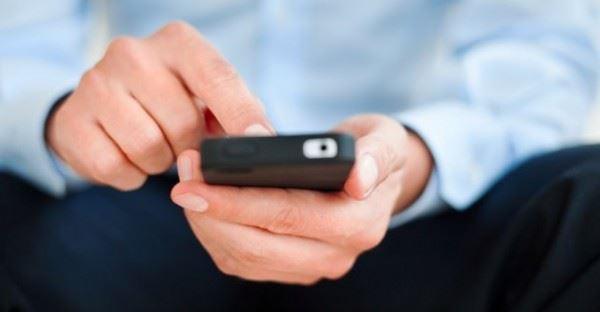Remote work has become more prevalent, and most people have a smartphone as their primary communication device, plus a desktop and/or laptop computer, and more.
Text messages (TMs), instant messages (IMs), and direct messages (DMs) are all excellent forms of communication when used respectfully and courteously. Yet, they should never replace email.
To review all these forms, we send TMs from our smartphones. We send IMs via a computer (and accessed by smartphones), generally for professional and organizational communications, where people share quick information. DMs are yet another way to communicate directly with an individual through social media platforms.
Yet, we should never text or message important information intended to be kept over time. Email is still the best way to share information that recipients can file in folders and keep over time. This is the primary distinction, and industry standard, between using these communication methods to remember.
(Sidebar: Since email has existed for decades, most people know the basics. Yet, here are two articles on this specific topic:
Email Etiquette Part 1
Email Etiquette Part 2)
Conversely, texting is relatively new; we are still learning how best to use it. Here are 8 tips to consider:
- Texting is not of greater importance than all else. Do not answer a text if you are with someone, on a video call, on the telephone, or driving. It can wait until the conclusion of the call or your drive.
- Discipline yourself. Never reach for your phone to check for messages when in the company of others –not when in a meeting, at a restaurant, at someone’s home, at the movies, or at any other event. It’s rude. Focus on the people and purpose of the gathering, not on others who are not present. Most meetings last one to two hours. Longer meetings have breaks within two hours. Surely your response can wait a couple of hours.
- Don’t be a chicken. Never convey bad, sad, or difficult news via text. Instead, text that you have something important to share and ask the person to call you. Provide or ask for specific dates and times to reach each other to avoid playing telephone tag.
- Know when to stop texting and place a quick call. Texts are often similar to talking to someone on the phone or in person. We expect responses to continue back and forth until one person ends the conversation. That said, typing can become tedious. In this instance, ask, “May we continue this conversation on a call? If so, I’ll call you now.”
- Don’t expect responses within seconds. No, people do not have to respond immediately. While I agree that a response is necessary, the issue is how fast. Surely a few hours and up to one day is a reasonable waiting period. Do not text the person twice an hour, expecting a response. If you need a response quickly, be specific. Say, “I’d appreciate a response within the hour, if possible.” If they don’t respond, assume they are busy. Texting the person multiple times annoys the recipient.
- Never send important information by text. When you have long instructions or special legal and other documents to send, never send them via text. Instead, alert the person via text to look at their email for the information. This is a great example of using text and email together for the best results.
- Introduce yourself when sending a text for the first time. Unless your name and phone number exist in someone else’s contact list, only a phone number will identify you. Therefore, always write your name at the start of a new thread of messages until you know that everyone you contact knows who you are.
- Confirm names before sending. Before pressing the send button, verify the person or person’s phone number. Make sure they are exactly whom you want to receive your message. Occasionally I’ve received and sent messages using the wrong thread of names. As a result, I have made a point to start a new message as my general default and only choose the name(s) I want to receive the message.
All forms of communication are terrific once you learn how to use them appropriately. As with all new technology, it takes getting used to how it can be used to its best advantage without taking away from your courtesy and respect for others.
Your turn: I’m eager to gain greater engagement with my articles than just reading and dismissing them. Please post a comment below if you enjoyed this post. In fact, I’m curious to know: Why do you think it is so hard for people to wean themselves away from the false sense of urgency and belief that they must answer every text immediately, within seconds? Let me know in the comments what remedies you think and may have implemented to overcome this habit.
P.S. For a few more tips, here’s an article on workplace Instant Messaging. (Also at: https://www.advancedetiquette.com/business/12-tips-for-instant-messaging-in-the-workplace/)
Happy Practicing!


I think many professions are plagued by a hurry-up, "we needed it yesterday" feeling. I know I felt that way when I worked for an advertising agency. I now know that sometimes its better to THINK carefully about your response, or probably pick up the phone if it's a delicate issue. I once heard of a bride who asked a favor of her bridesmaid. The birdesmaid thought it was unreasonable, and the text fight began. A beautifully friendship was lost over a misunderstanding.
Catherine: Thank you for taking the time to share your comments. They are all appreciated.